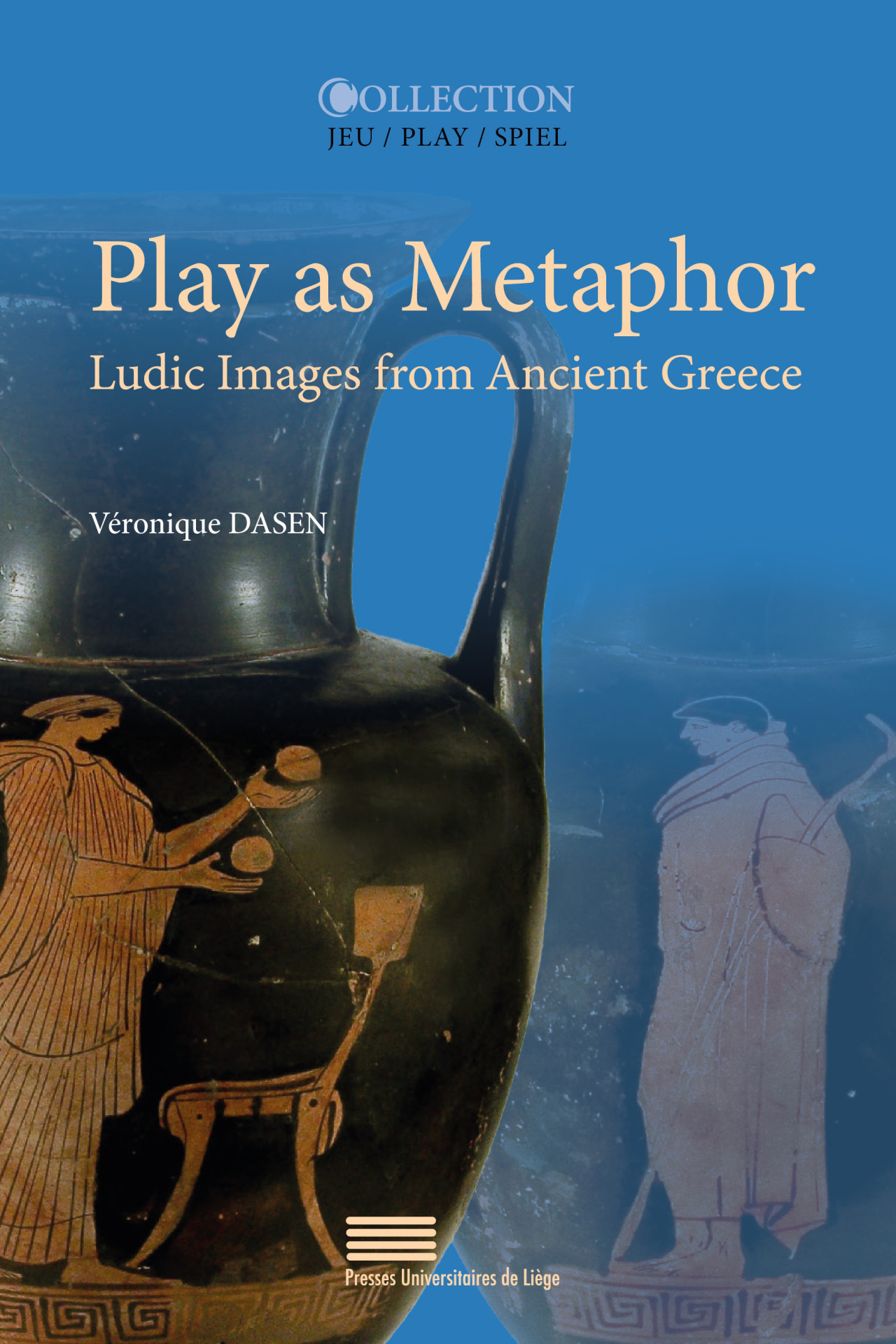
Play as Metaphor
Ludic Images from Ancient Greece
Véronique DASENCollection
Jeu / Play / SpielDate de publication
16 janvier 2025Résumé
For two centuries, from the middle of the 6th century to the end of the 4th century BCE, hundreds of scenes of play were depicted on Attic and South Italian vases. They bring to life warriors, children, girls and boys enjoying a large variety of ludic activities—boardgames, ball games, hoop games, spinning tops and swings. This book explores...
FORMAT
Livre broché
40.00 €
Ajout au panier /
